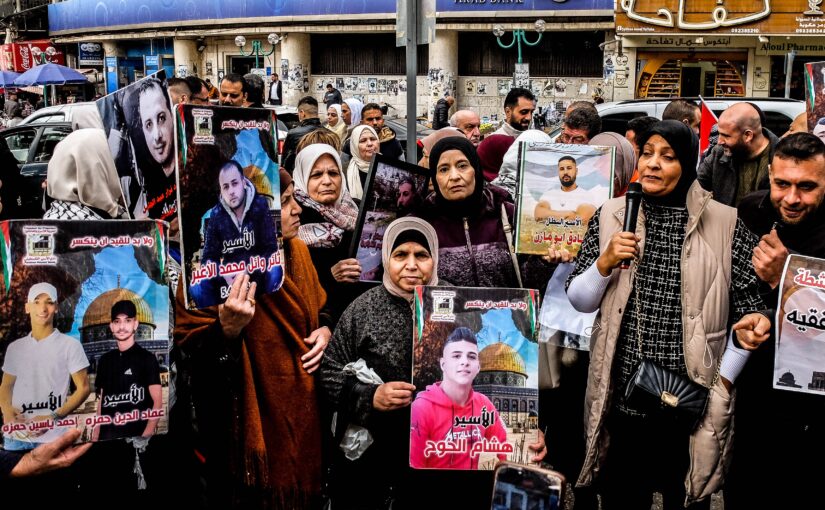Category: Photo Story
-
What Does Israel Want in The West Bank?
Northern West Bank By Diana Khwaelid Israel is carrying out massive military operations to displace residents of camps in the northern West Bank, unprecedented since the Second Intifada. Since the seventh of October, Israeli attacks on West Bank cities, especially in the north, have not stopped. We are talking about the cities of Jenin, Tulkarm, Tubas,…
-
Stories from the Palestinian olive harvest under occupation
Ahmad smiles, his eyes black, his wrinkles deep. He speaks his basic English as he lugs around plastic bags and water bottles: a breakfast that looks to me more like lunch. His olive grove is in front of a settlement; one of many Israeli settlements that are illegal under international law but have been colonizing…
-
The voice of family members of detainees in Israeli jails
On Monday 25 November, about eighty women, mothers, sisters and wives, gathered in Nablus, in the West Bank, to demonstrate in solidarity with the nearly 100 women detained in Israeli jails, along with around 12,000 men, to demand their release and an end to the ongoing genocide in Gaza. Their family members have been in…


